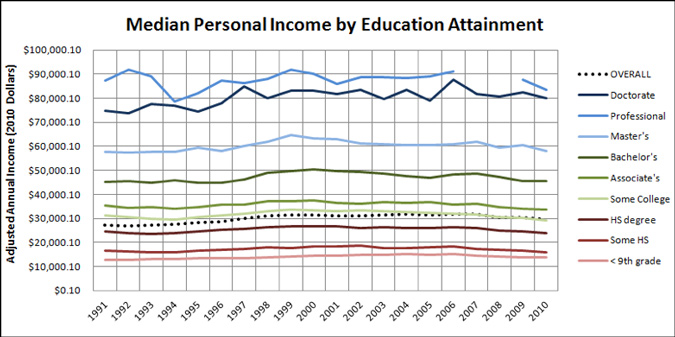
 Love Starbucks? A lot of us do, but try answering this question I recently heard posed by a behavioral finance professor: “Would you be more inclined to order a latte that was advertised as 95% fat free, or one labeled 5% fat?” The two $5 drinks are the exact same, however, I would venture to say 99.9% of people (including me) would choose the drink that was advertised as 95% fat free. Perception is as powerful force in the coffee world as it is in the investment world. Perception can work against you when it comes to savings or it can fuel you. Much of that depends on how you compartmentalize.
Love Starbucks? A lot of us do, but try answering this question I recently heard posed by a behavioral finance professor: “Would you be more inclined to order a latte that was advertised as 95% fat free, or one labeled 5% fat?” The two $5 drinks are the exact same, however, I would venture to say 99.9% of people (including me) would choose the drink that was advertised as 95% fat free. Perception is as powerful force in the coffee world as it is in the investment world. Perception can work against you when it comes to savings or it can fuel you. Much of that depends on how you compartmentalize.
The Behavioral Finance of Compartmentalizing
So what does it mean to compartmentalize? Simply put it is separating two or more things from each other. In personal finance, separating certain accounts to have individual goals can have a tremendous effect on the likelihood of savings and overall success of the individual’s financial plan. For instance, one of the most important pieces of a financial plan is maintaining an adequate emergency fund for the dreaded unknowns – such as job loss, unexpected home improvements, medical expenses, etc. (The Center team usually recommends that clients maintain 3 – 12 months of living expenses in a cash account that is not subject to market risk).
Establish Separate Accounts
If you find yourself constantly transferring funds from your savings to your checking account each month because they are at the same institution and the ease of the transfer is just to easy to resist, consider making a change! Why not open a savings account at a completely different financial institution and maintain your emergency fund there, knowing this money cannot be touched except for an emergency.
Give it a Label
Many banks now allow you to name an account and personalize it. So instead of seeing your account being titled as “Savings” each time you log in, it would read “Emergency fund – don’t touch!” Adding that “name” or “purpose” to the account has been proven to dramatically increase savings levels and decrease the likelihood of spending out of the account.
Keep it Simple
Separating accounts for each individual goal in retirement, however, is pretty unrealistic. Who wants to have 20 different IRA accounts? At The Center, we like to keep things simple to stay organized and on track. However, our advisors do encourage clients to compartmentalize in their minds when looking at their overall stock/bond/cash allocation to stay focused and not lose track of the purpose of each type of asset that is held within the portfolio. Each “bucket” of funds has a purpose and impact on the total portfolio and it is The Center’s job as your trusted advisor team to help you fill each one and utilize them to their maximum potential.
Nick Defenthaler, CFP® is a Support Associate at Center for Financial Planning, Inc. Nick currently assists Center planners and clients, and is a contributor to Money Centered and Center Connections.
The information contained in this report does not purport to be a complete description of the securities, markets or developments referred to in this material. Any information is not a complete summary or statement of all available data necessary for making an investment decision and does not constitute a recommendation. Any opinions are those of Center for Financial Planning, Inc., and not necessarily those of RJFS or Raymond James.












